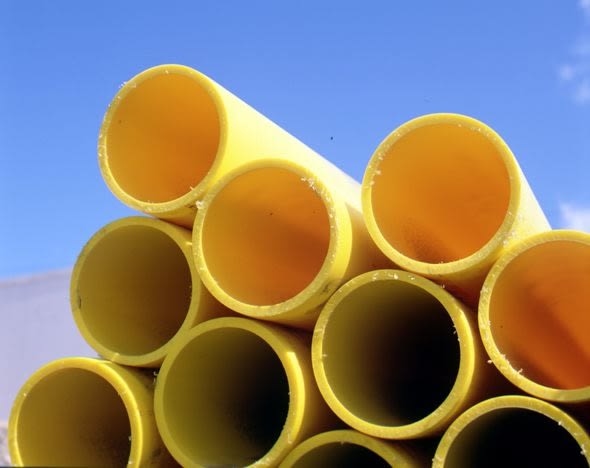 There was a huge conference gathering the world experts from the pipe market.
There was a huge conference gathering the world experts from the pipe market.The AMI’s Pipeline Coating 2012 conference kicked off in Vienna with leading AMI market consultant Noru Tsalic, who outlined the growth expectations for steel pipe coatings including annual growth rates of around 5% amounting to 450 million square metres in 2013. Gas pipe coating is by far the largest sector amounting to 74% of the total, with oil pipelines at 21% while the water industry uses about 4%. The rise in volume of coating demand is partly due to changes in geographical consumption and sourcing.
There will be developments in global regional demand for oil: by 2030 global oil consumption is predicted to rise to 4600 Mtoe and Asia-Pacific will consume around 40% compared to 30% in 2000, while at the same time demand in Europe will decrease in proportion. The situation is similar for gas, with Asia-Pacific using around 12% of the 2100 Mtoe of global consumption in 2000 and this is expected to rise to 25% of the 4200 Mtoe utilised worldwide in 2030. The supply map will also change and Asia-Pacific will be delivering 30% of global gas supplies in 2030 compared to 12% in 2010.

These trends in regional supply and demand are driving pipeline construction. In addition, oil and gas are being sourced from more remote and hostile areas, which require a denser coating to protect against corrosion, extreme temperatures and pressures. Thus the overall market for pipe coating is expected to grow.
In one case study, Gazprom Vniigaz looked at quality control of the coating for the Yamal-Europe pipeline using techniques such as ultrasound on site, and adhesive strength testing of different points on the pipe. It was proposed that coated pipe should be stored using wooden racks with a non-woven pad for protection and a surface cover.
When joints are welded the polymer coating can melt and shrink, so Vniigaz looked at the temperature along the pipe: a protective shield and a clamp on the coating edge were found to be helpful in minimising the effects of the rise in temperature. Professor Protasov of the Gubkin Russian State University of Oil and Gas has examined the factors affecting the durability and service life of coatings under different operating conditions.
Riyadh in Saudi Arabia has been expanding at a much faster rate than was expected: 2.5 million inhabitants were expected in 2010 when in fact there were 5 million and this figure is rising. The city is facing water shortages if measures are not taken. Borouge reports that over 900km of coated pipe of 48”-72” diameter are in construction to transport water in the Ras Al Zour-Riyadh pipeline from desalination plants on the coast with a scheduled completion date of Q1 2014. Some of the factors to be considered for the coating include surface temperatures of up to 70C and transport and handling over rough terrain.
A 3-layer system was selected comprising a black HDPE topcoat, an MDPE grafted adhesive and a fusion bonded epoxy (FBE). Corrosion has been estimated to cost the Gulf States around US$2.2 billion in 2010 (NACE) and coating is a vital component in the region.


